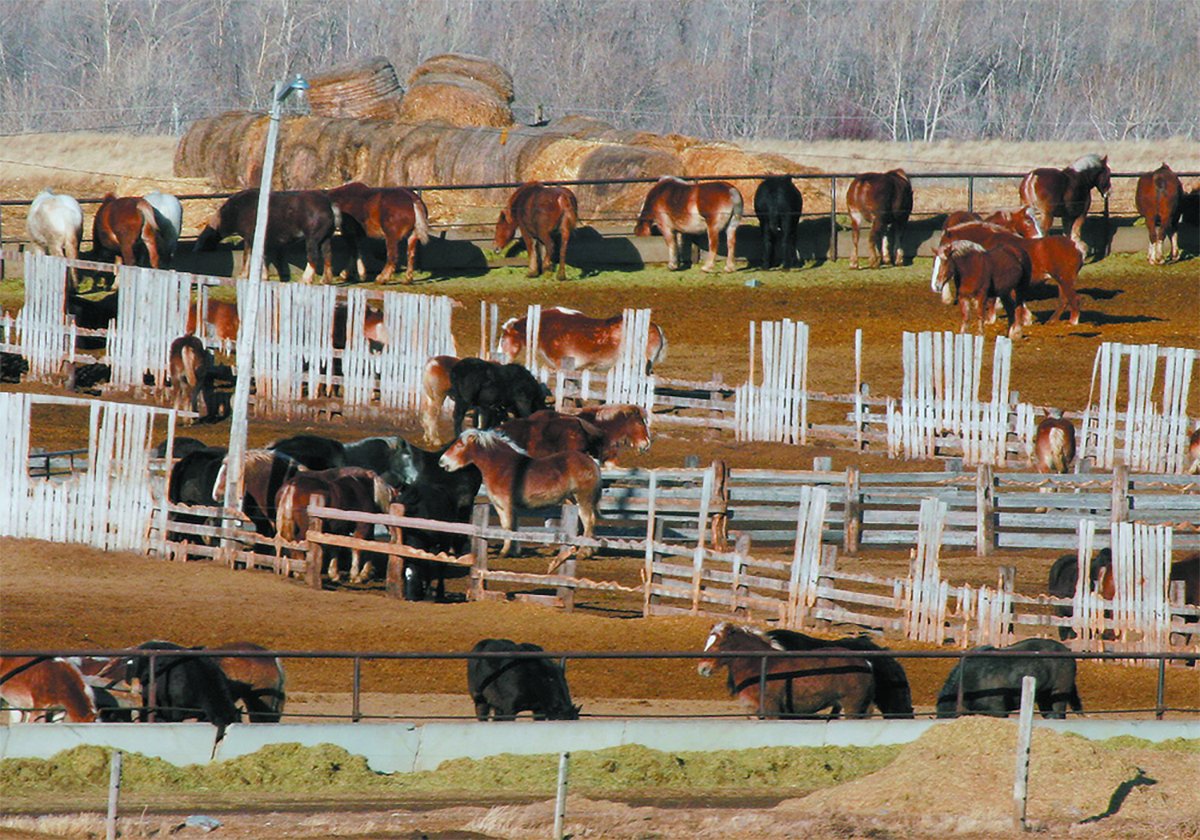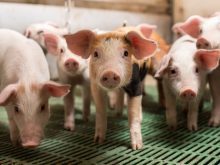VETERAN, Alta. – Alberta beef groups want to replace the Alberta
Cattle Commission with a new organization that offers broader
representation to a wider range of industry players.
The Alberta Beef Council Initiative has been holding producer meetings
across the province presenting three different industry organization
proposals. Each includes more representation from feedlots, marketers
and processors.
“It is time to have a look at how the industry is equipped to deal with
future challenges,” said council chair Jeff Warrack during a producer
Read Also

Canada’s slaughter horse industry lacks transparency
The lack of clear reporting and public access to data keeps the industry largely hidden, leaving questions about humane treatment and traceability unanswered.
meeting in Veteran, attended by about 100 people.
“The Alberta Cattle Feeders Association has said it needs a strong
voice at the provincial and national level,” said Warrack, who owns a
feedlot near Strathmore.
The Alberta Cattle Commission’s structure does not guarantee seats to
particular groups on the board of directors.
The initiative, formed last winter, represents the Western Stock
Growers Association, Alberta Cattle Feeders Association, Alberta
Auction Market Association, Livestock Dealers and Order Buyers, Feeders
Association of Alberta, Cargill Foods and XL Beef.
The council says all industry sectors are not represented fairly on the
ACC when decisions are being made. Issues such as food safety,
environmental concerns and international trade affect all of them, but
the commission structure does not provide a voice to all.
Feedlots, auction markets and order buyers argue that they contribute a
large share of the commission checkoff but do not receive proportional
representation.
The cattle commission represents Alberta producers, and collects a $2
levy on every beef and dairy animal sold in the province. The checkoff
provides cattle sellers with automatic membership, which allows them to
be elected as delegates from nine zones.
As well, other beef and dairy groups are invited to send delegates as
full voting members.
In 2001, the commission collected more than $10 million, of which more
than half is forwarded to national programs such as the Beef
Information Centre, Canada Beef Export Federation, Canadian Cattlemen’s
Association and the national check-off agency for promotion and market
development.
Commission members have attended some of the beef council’s steering
committee meetings as observers, but haven’t contributed to the
discussions.
“We’re open to change, but there needs to be some involvement with
producers,” said commission chair Greg Conn.
“Any major change will have to be presented to the producers.”
Commission delegate Marj Veno told the meeting there is widespread
apathy among producers, but if they want improvements they must speak
out. Fall producer meetings are poorly attended so commission delegates
are unsure of concerns.
“If there was a problem, nobody told us and then something blows up and
we get the feedback that the cattle commission isn’t doing anything,”
she said in an interview.
She is concerned a new organization might not keep in touch with
grassroots concerns any better.
The beef council has retained Toma Bouma Consultants of Edmonton to
develop a new industry plan using focus groups and council input.
“There are clearly some concerns with how the industry is organized,”
said consultant Jerry Bouma at the Veteran meeting.
Focus groups said the cattle commission does a good job on beef
promotion and image, but lacks visibility among producers. It is not
seen as a leader on many issues facing the industry.
They said better representation and connections are needed from each
sector because they do not know or understand what each group does.
The three organization proposals are:
- An umbrella structure where each sector is represented by a council
reporting to an 18-member board of directors. It is similar to the
Nebraska Cattlemen’s Association structure. It includes delegate
representation from nine zones and could replace groups like the cattle
feeders association. It could implement a refundable checkoff and
membership fees.
- A federation of organizations that reports to a board of directors.
The board would divide the checkoff according to directions from
producers at the point of sale.
- A modified cattle commission with elected members specifically from
each sector. It would include representation from auction markets and
packers, who are not included in the process now.
The Alberta Agricultural Products Marketing Council oversees the cattle
commission, and must approve all changes.
Rick Frederickson of Alberta Agriculture said curious producers should
question their commission directors and delegates at upcoming fall
producer meetings.

















